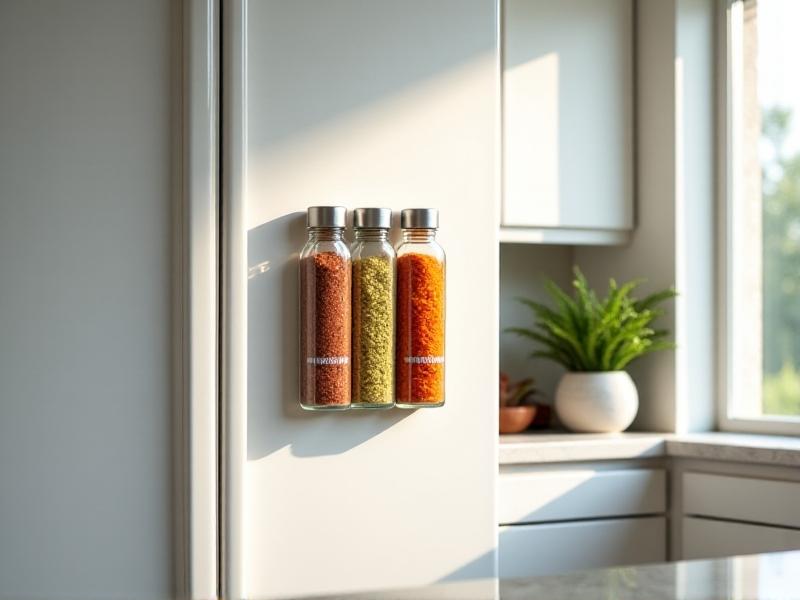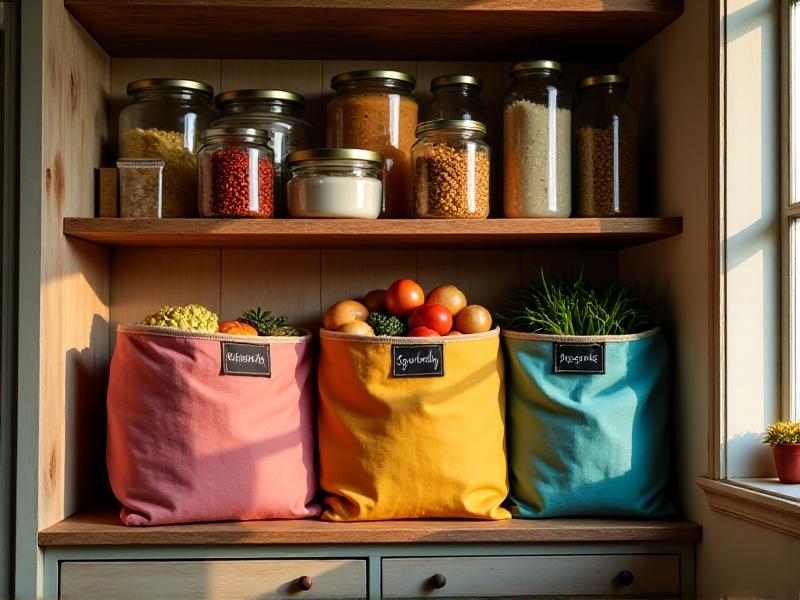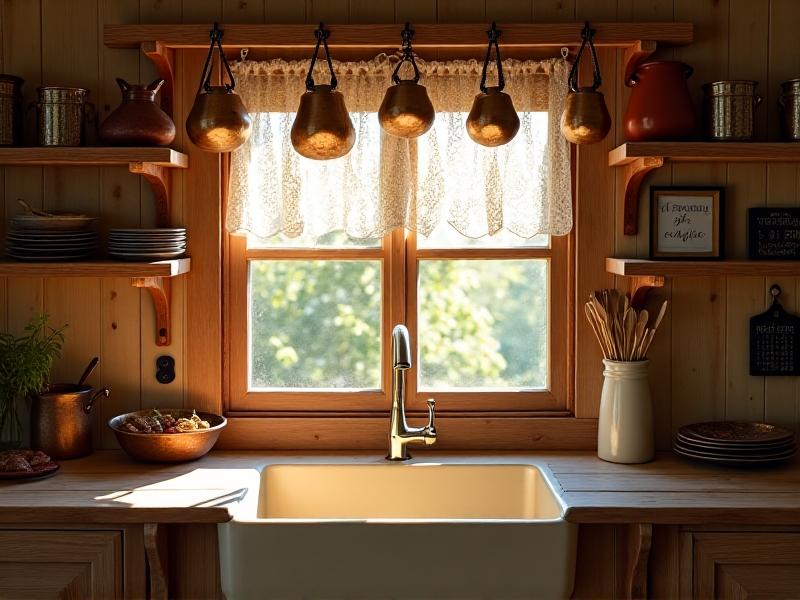Drawer Divider Customization Patterns
The Importance of Drawer Dividers in Modern Organization
In today’s fast-paced world, efficient organization is more than a luxury—it’s a necessity. Drawer dividers transform chaotic storage spaces into structured havens, making it easier to locate items quickly. Whether in kitchens, offices, or closets, customized dividers reduce clutter and extend the lifespan of belongings by minimizing friction and damage. A well-organized drawer not only saves time but also creates mental clarity, turning mundane tasks into seamless experiences.

The rise of modular living spaces has amplified the demand for tailored storage solutions. Unlike one-size-fits-all options, customizable dividers adapt to unique needs, whether storing fragile jewelry or heavy tools. By maximizing vertical and horizontal space, they ensure every inch of a drawer serves a purpose. This adaptability makes them indispensable in small apartments and sprawling homes alike.
Materials Matter: Choosing the Right Substance for Your Dividers
Selecting the ideal material for drawer dividers hinges on durability, aesthetics, and function. Wood offers timeless appeal and sturdiness, ideal for kitchens or offices. Bamboo, a sustainable alternative, resists moisture and adds earthy charm. Acrylic dividers provide transparency, perfect for craft rooms where visibility matters, while metal options like aluminum offer industrial strength for garages or workshops.
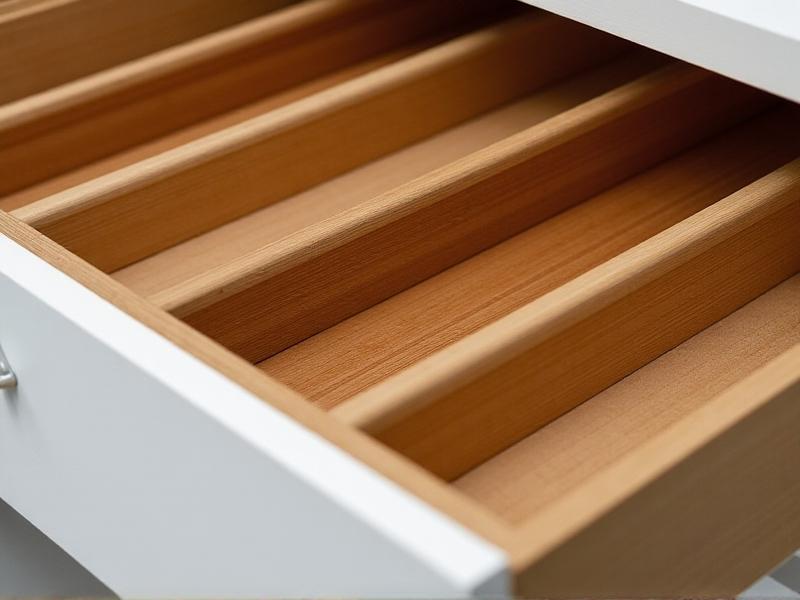
Budget and maintenance also influence choices. Plastic dividers are lightweight and affordable but may warp under heavy loads. Cork, though eco-friendly, suits lightweight items like stationery. Consider friction: felt-lined dividers protect delicate items, while rubberized bases prevent sliding. Matching material to use-case ensures longevity and functionality.
Pattern Play: Designing Adjustable vs. Fixed Compartments
Adjustable dividers, like sliding panels or pegboard-inspired systems, cater to evolving storage needs. They’re ideal for growing families or multi-use spaces. Fixed dividers, secured with adhesives or screws, provide stability for heavy or fragile items. Modular designs blend both, using interlocking pieces to create hybrid layouts.
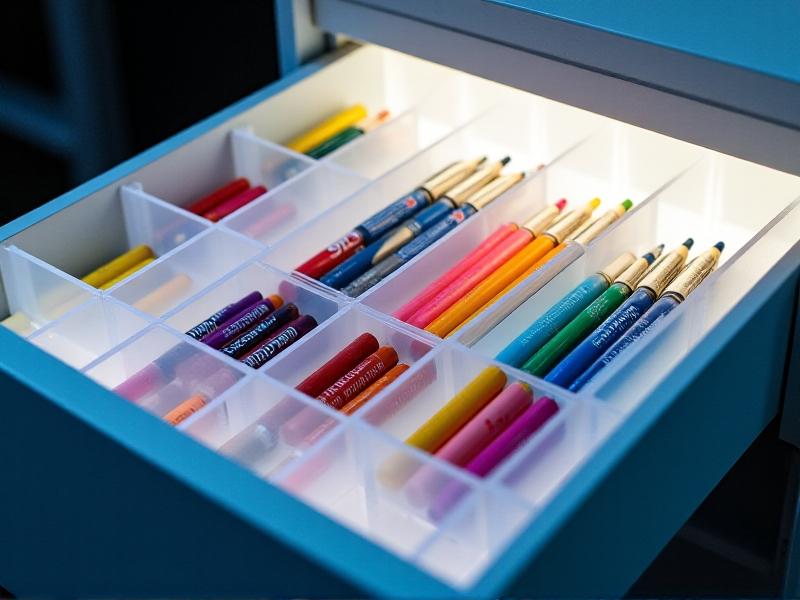
Consider frequency of access. Frequently rearranged drawers benefit from tension rods or removable inserts. For permanent setups, wooden partitions glued in place offer robustness. The key is balancing flexibility with structural integrity to avoid collapse under weight.
Personalizing Aesthetics: From Minimalist to Ornate Styles
Drawer dividers need not be purely functional—they can elevate a room’s decor. Minimalist designs with clean lines and neutral tones suit modern spaces. Ornate dividers with laser-cut patterns or metallic accents add vintage flair to jewelry boxes or vanity drawers.
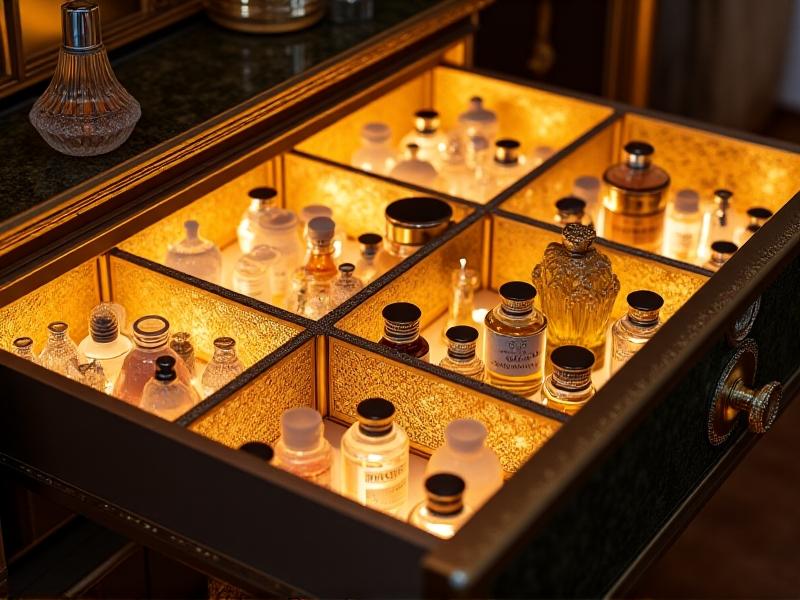
Color coordination also personalizes spaces. Painting dividers to match cabinery creates cohesion, while bold hues make utilitarian items pop. Mixed materials, like combining wood with brass hardware, bridge rustic and contemporary styles.
Modular Magic: Creating Flexible Storage Solutions
Modular systems, such as removable trays or stackable units, adapt to seasonal changes or new hobbies. Pegboards with movable hooks or adjustable sliders accommodate irregularly shaped items, while magnetic dividers secure metal tools or spice jars.
These systems empower users to experiment without commitment. For instance, a craft drawer might shift from yarn storage to bead organizing with a simple divider rearrangement. The key is investing in components that interconnect seamlessly for endless configurations.
Tools & Techniques for Precise Divider Measurements
Accuracy is critical. Start by measuring drawer depth, width, and height. Use graph paper or apps like SketchUp to visualize layouts. Laser levels ensure partitions align perfectly, while templates cut from cardboard test configurations before final installation.
Account for hardware like drawer slides or handles that may obstruct dividers. Leave small gaps for easy insertion and removal. Precision ensures dividers fit snugly, preventing shifts that lead to disorganization.
DIY Drawer Dividers: Affordable Customization Projects
DIY projects democratize customization. Repurpose old shoeboxes into fabric-lined compartments, or use foam board to create lightweight inserts. Upcycled jars or PVC pipes become quirky holders for makeup brushes or cables.
Tools like box cutters, hot glue guns, and contact paper simplify construction. Online tutorials offer step-by-step guidance for complex designs, empowering even novices to craft bespoke solutions.
Sustainability in Divider Design: Eco-Friendly Practices
Eco-conscious consumers favor dividers made from recycled plastics, reclaimed wood, or biodegradable cork. Modular designs reduce waste by adapting to new needs instead of requiring replacements. Bamboo, a rapidly renewable resource, is both durable and stylish.
Maintenance also impacts sustainability. Choose easy-to-clean materials that withstand years of use. Donate or repurpose old dividers instead of discarding them, closing the loop on consumption.
Case Studies: Real-Life Divider Customization Examples
A chef’s knife drawer uses bamboo dividers with felt lining to protect blades. A seamstress’s studio features adjustable acrylic grids for ribbons and zippers. A garage employs heavy-duty metal partitions to sort automotive tools.
Each case highlights material and layout choices tailored to specific lifestyles, proving that customization enhances both function and satisfaction.
Avoiding Common Mistakes in Divider Customization
Overcrowding is a frequent pitfall. Leave room for items to breathe, ensuring easy access. Misjudging weight capacity leads to sagging or breakage—reinforce partitions for heavy loads. Neglecting aesthetics results in utilitarian but uninspiring spaces.
Test configurations temporarily before permanent installation. Prioritize accessibility for frequently used items, placing them near the front. Balance personal style with practicality for enduring solutions.

